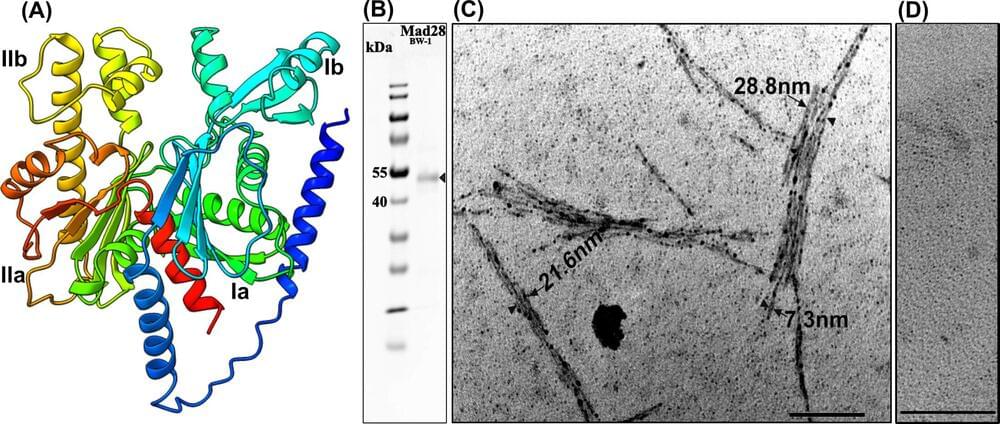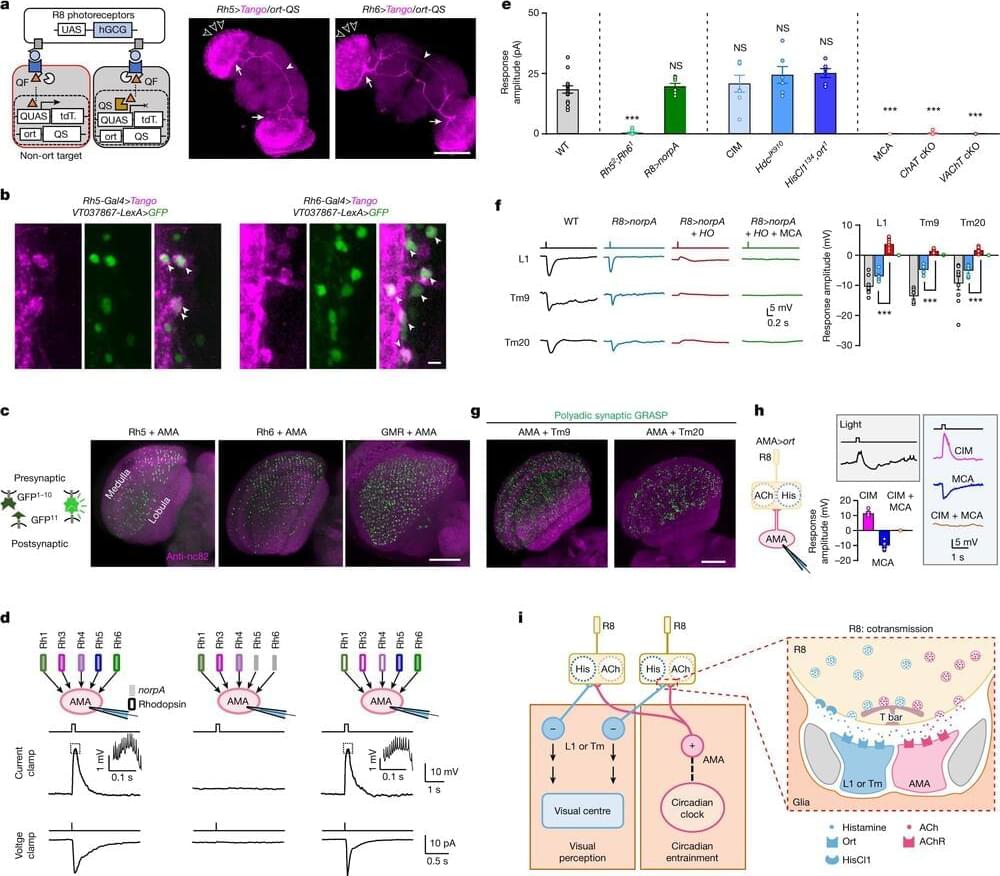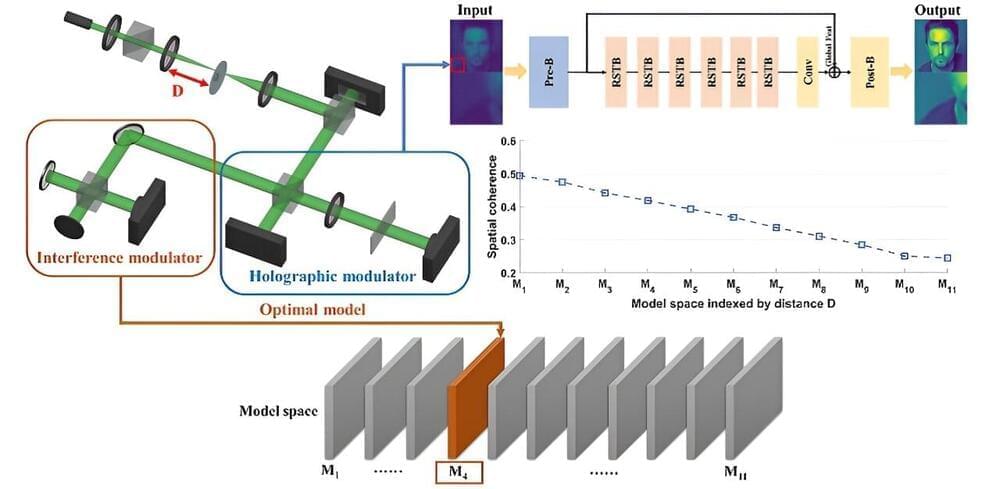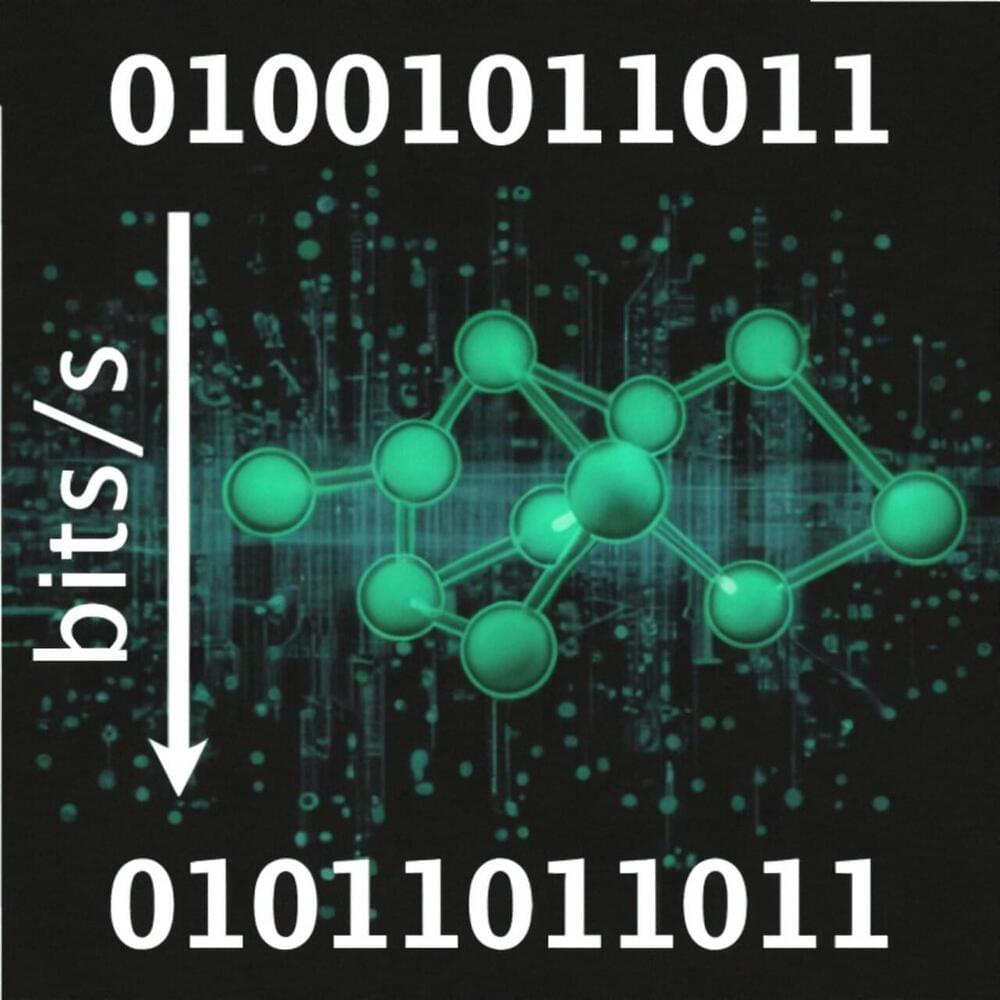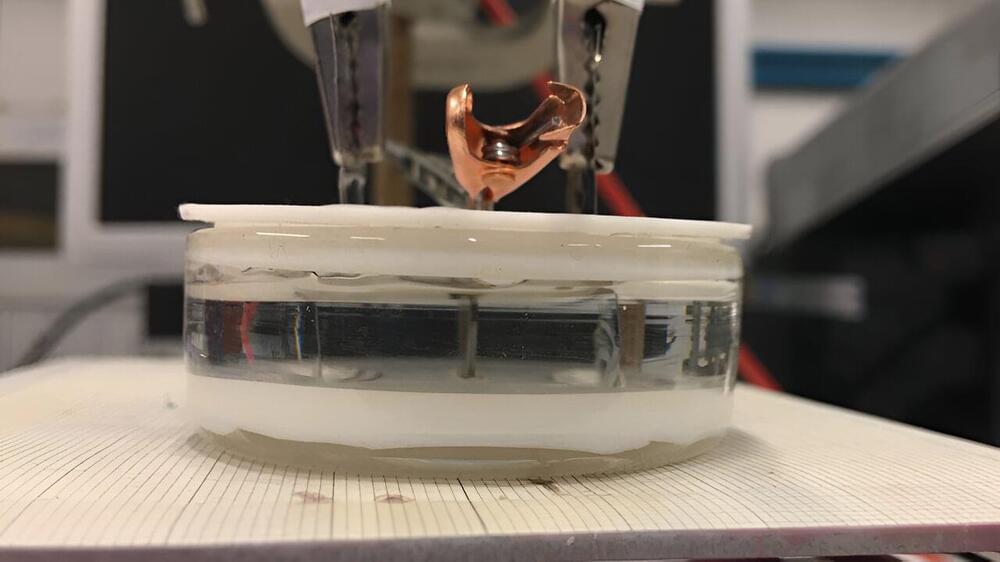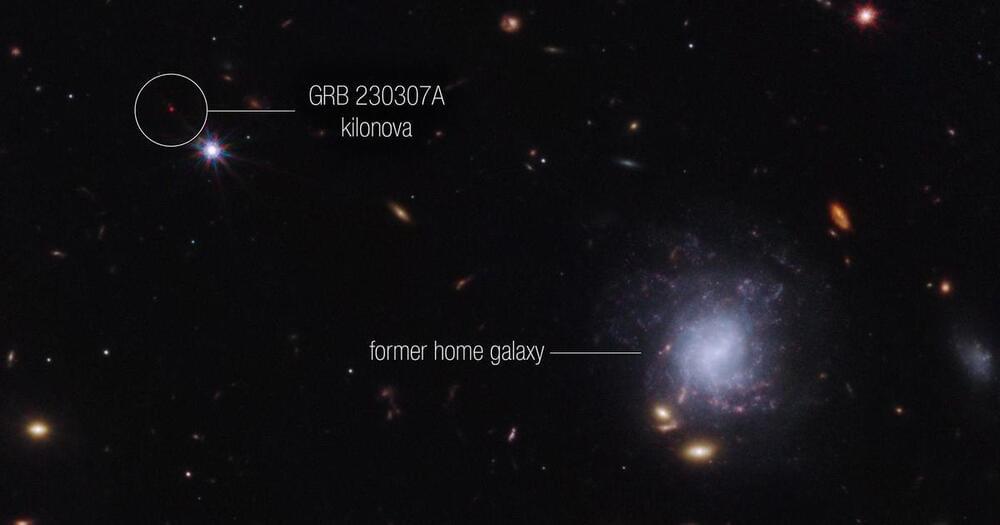While European nations are ahead on dimensions like equality, social progress, and climate change redressal, they lack technological advancements in comparison to the United States. The European region, including the UK, still lacks the investment and culture necessary for a startup ecosystem prevalent in California’s Silicon Valley.
The Valley is a globally recognized hub for technology and innovation. Many of the world’s leading technology companies, like Apple, Google, Facebook, and Amazon, are based there. However, Europe also has notable… More.
Silicon Valley overshadows the EU in tech, but with the advent of new-age artificial intelligence, Europe’s leading entrepreneurs think it could offer the Euro startup ecosystem to be a key player in the race.




